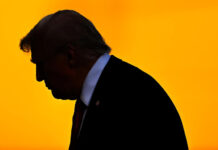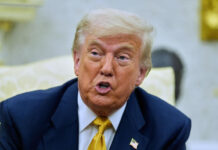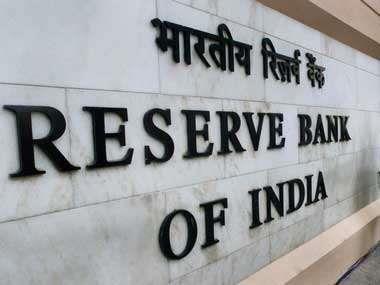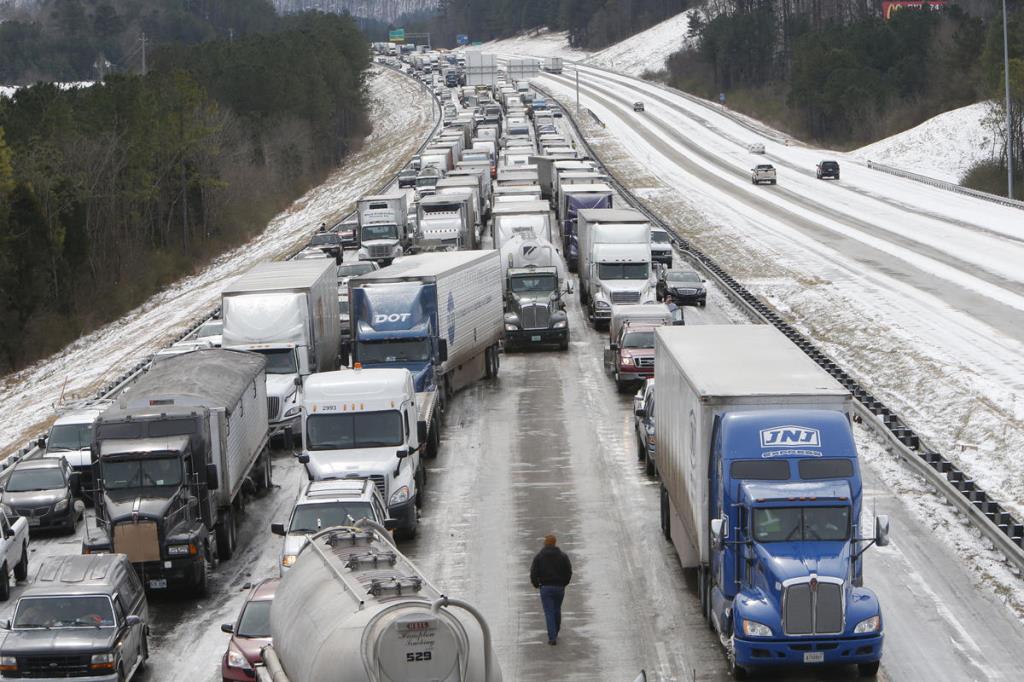January 4, 2016

January 4, 2016

Let me guess: they’re all going to drown and Beijing made them swim in 50 degree water? Winter swimmers try catching ducks to welcome the new year on January 1, 2016 in Xiangyang, Hubei Province of China. Xiangyang started winter swimming festival and more than five hundred winter swimmers participated the event to celebrate the arrival of 2016; a year many financial pundits say will finally seal China’s economic doom. (Photo by ChinaFotoPress/ChinaFotoPress via Getty Images)
Everyone reading this already knows how awful China is, because it is written about weekly in the WSJ, FT and by the Bloomberg View writers. Not to mention some op-ed writers here at FORBES. Hey, we’re all titled to our opinion. But if China is going through a hard landing, as some well respected Chinese economists actually attest, then what the hell was the U.S. going through in the Great Recession? Because nothing that is happening in China right now suggests anything comparable to that 2008-09 disaster.
What Foreclosure Crisis?
The housing market went through a controlled demolition. It never imploded. There is no foreclosure crisis that makes the U.S. and European housing bubble explosion look like a bottle rocket, as we all heard was a sure thing. Why do we keep listening to these guys?
The average housing price in 100 benchmark Chinese cities grew by roughly one percent month-on-month in December, marking the fifth year-on-year and month-on-month rise in 2015, according to the China Index Academy.
The average new housing price of 100 major Chinese cities stood at 10,980 yuan ($1,690.9) per square meter in December, up 0.74 percent compared with November, according to the China Index Academy.
A total of 51 cities saw month-on-month home price increases last month, 10 cities more than November. The number of cities seeing a month-on-month price drop decreased from 56 cities in November to 45 of them in December.
Housing prices in China are expected to grow steadily in 2016, while divergence between bigger and smaller cities will continue, according the private China Index Academy.

The haves and have-nots: Where do people take home the highest salaries each month? And where is poverty rife? Based on data from Global Finance magazine, here are the top 30 richest countries and the bottom 20 poorest. World’s richest and poorest countries revealed
Is This REALLY a Crash Landing?
Yes, PMI is below 50 in China. It’s been averaging below 50 for at least a year now, which suggest stabilization. PMI that bounces between 47 and 51 over a 12 month stretch is not the same as one that goes from 51 to 50 to 49 to 48…you get the point. That is not the case in China and never was.
The official Purchasing Managers’ Index, a comprehensive gauge reflecting operational conditions in largely state-owned manufacturing companies, actually rose 0.1 from November to 49.7 in December, according to the National Bureau of Statistics and the China Federation of Logistics and Purchasing.
The figure represented the first rebound in four months despite being below the 50 mark, which represents expansion. Seeing how most of that number is state owned enterprises (SOEs), one can also argue that it does not reflect the growing roll being played by privately held manufacturers who can automate and cut overhead faster than the SOEs. The official non-manufacturing PMI, a counterpart for the services sector, improved to 54.4 last month, the highest in more than a year.
The government said that PMI gains were partly due to various celebrations at the end of the year that stimulated services such as tourism, catering and entertainment. Bureau analyst Zhao Qinghe said more market demand and more production led to the rebound in manufacturing and services.“The market conditions are stabilizing, and we may expect a good start for 2016,” Zhao said.
The PMI’s component indexes showed new orders rose to 50.2 in December, up 0.4 points from a month earlier, while production increased from 51.9 to 52.2.
But wait, there’s more: industrial production rose 6.2%, strengthening to its quickest rate since June.
It’s easy to pick and choose, right? This is what most of the China bears will do.
Moreover, profits at China’s industrial companies declined at a slower pace in November. The net earnings of manufacturers totaled 672 billion yuan ($103 billion), down 1.4% from a year earlier. The rate improved from a decrease of 4.6% in October and September’s 4.5% cut.
Beijing is expected to continue with its mini-stimulus program to keep the economy from shedding too many jobs.
The transition from a low cost exporter to a domestic demand economy is expected to take a toll on China again this year, but that doesn’t mean the economy is crashing and burning.
Shanghai Did What?
Foreign investors pumped 86% more into China’s most famous city last year than it did in 2014. That’s $58.9 billion going to one city only. By comparison, that’s roughly what all of Russia or all of Brazil gets from foreign investment.
The Shanghai Commission of Commerce said around 2,800 foreign-funded projects were launched last year in the free trade zone, with a contracted value of more than $35 billion. Most of the money is going into China’s new economy, and the services sector, where investment there accounted for 86.3% of the total value. Shanghai attracted 535 multinational companies to locate their regional headquarters in the city, along with 396 research and development centers last year.
If this doesn’t convince you that China is a shell of its former self, rather than a burgeoning, sophisticated player in the global economy, then what will?
Remember last August when the government allowed the renmimbi to depreciate? The general consensus was that the RMB would quickly go 7-to-1 against the dollar. China was weakening its exchange rate in order to keep exports growing. Exports were its only saving grace! The RMB was finished. China was a failure. Instead, it weakened just around 5%. It usually strengthens by around 2.5%. However, this weakening of 5% or so comes on the heels of the dollar strengthening by nearly four times that amount. The RMB remains the strongest currency in Asia in terms of appreciate and depreciation rates against the U.S. dollar.
China’s H-Shares, listed on the Hong Kong Stock Exchange, outperformed the MSCI Emerging Markets Index, declining 15.3% last year compared to the benchmark’s 22.6% drop. The S&P 500 dropped 2.18% despite quantitative easing, a monetary policy that China has basicalliy done with out until the final months of the year, and not to the same extent as European, Japan and U.S. central banks.
China's Biggest Consumer Brands
Courtesy: Forbes













































































































